Dating back to ancient times, one of the earliest human settlements in Italy is still inhabited today. Located in the south of the country, Sassi di Matera is a unique village that looks like a scene from the Flintstones cartoon. It has a history dating back 9,000 years and is believed to be the oldest continuously inhabited cave city in the world.
The UNESCO-protected district of Sassì is a part of Matera city and is built into the rock of a towering gorge carved out by a large river.
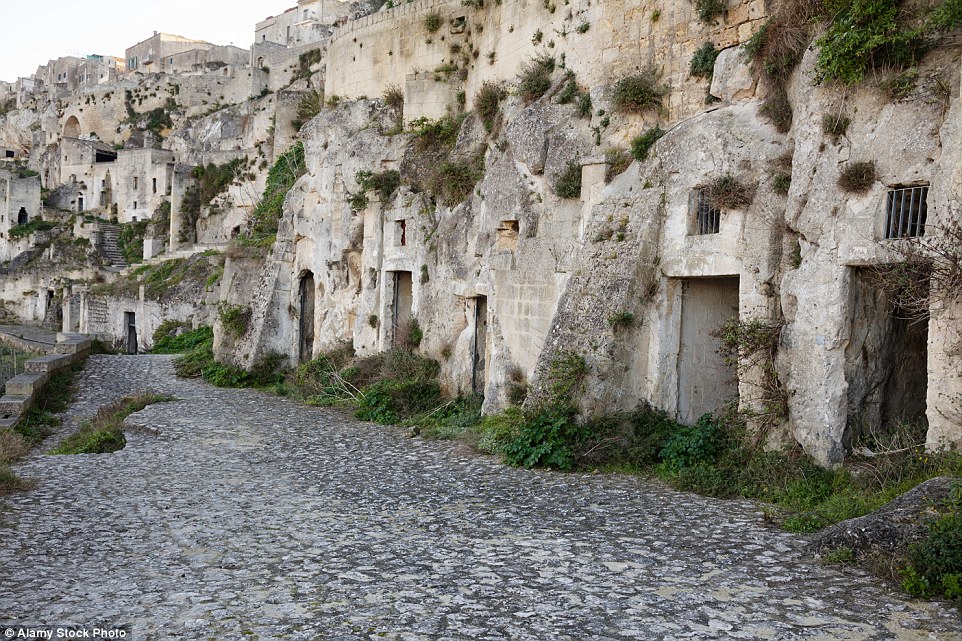
Reminiscent of a scene straight out of a Flintstones cartoon, Sassì di Matera sits precariously on the edge of a steep ravine in southern Italy, boasting a history that stretches back a staggering 9,000 years.
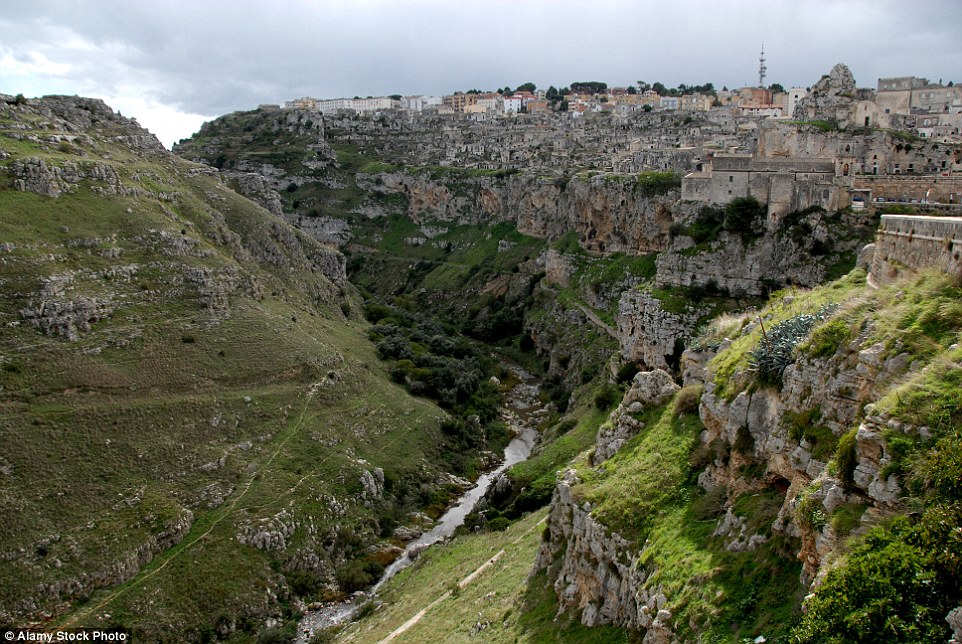
Sassì di Matera is thought to be the oldest continuously inhabited cave city in the world.
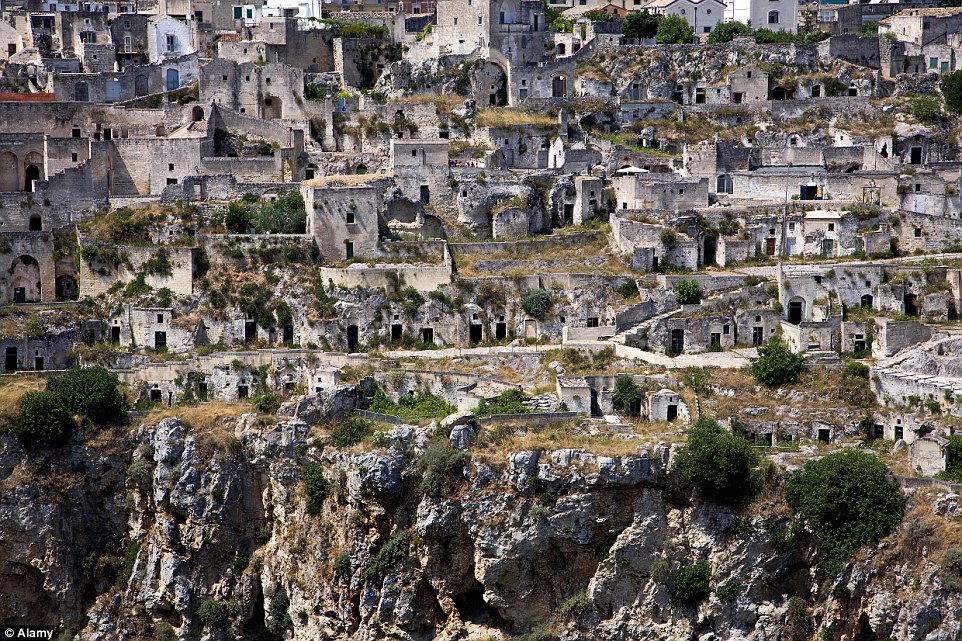
The natural caves and churches in this area are protected by UNESCO, giving them an eerie and captivating quality. When you first see the village of Sassi, it may look like a chaotic mix of stone huts blending into the stunning landscape, but there are hidden stories of hardship behind its picturesque appearance.
Up until recently, the residents of Sassi didn’t have access to essentials like running water, electricity, or proper sewage systems. They made use of every bit of rock available, resulting in homes with intricate alleys and stairways carved into the layers of rock. As the population grew, new holes were continuously carved out to accommodate everyone, but basic supplies were scarce as there were no easily accessible shops.
Families lived alongside their animals, surviving on simple diets while diseases like malaria posed a significant threat to their health.
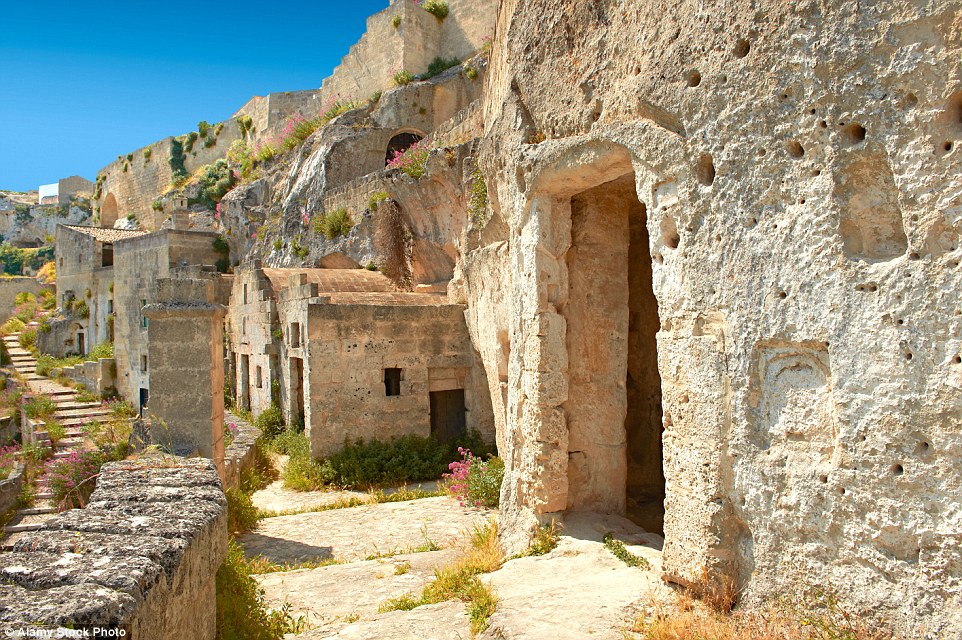
The residents made the most out of the available rocks and spaces, resulting in many houses with intricate alleys and staircases.
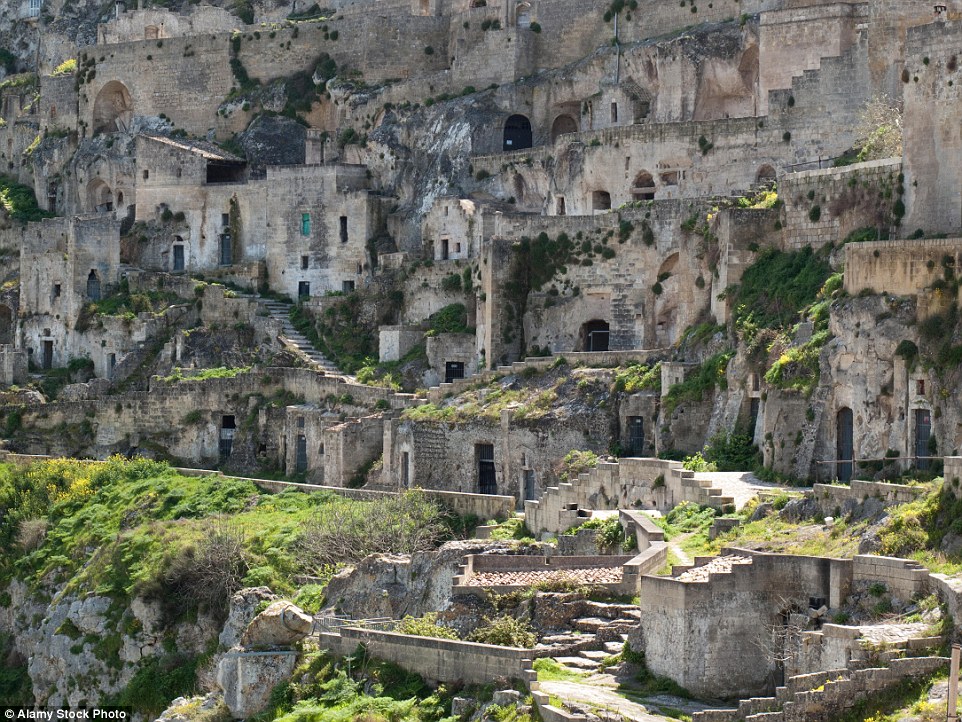
Upon initial inspection, the sprawling Sassі appears as a chaotic mix of stone huts blending seamlessly with the stunning landscape. However, behind the picturesque dwellings lie stories of hardship and challenges.
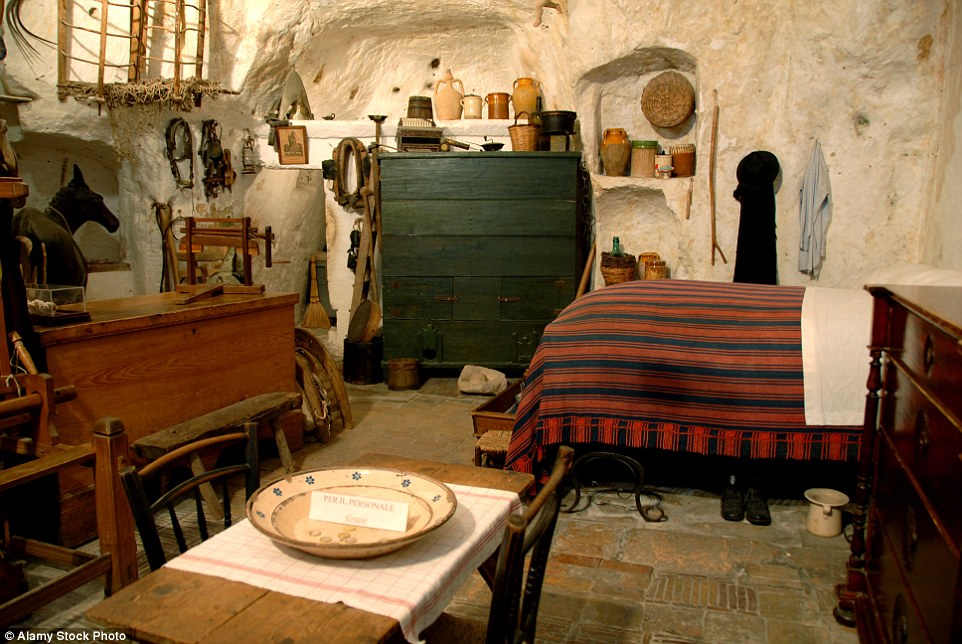
Up until the latter half of the 20th century, households did not have access to running water, electricity, or proper sewage facilities.
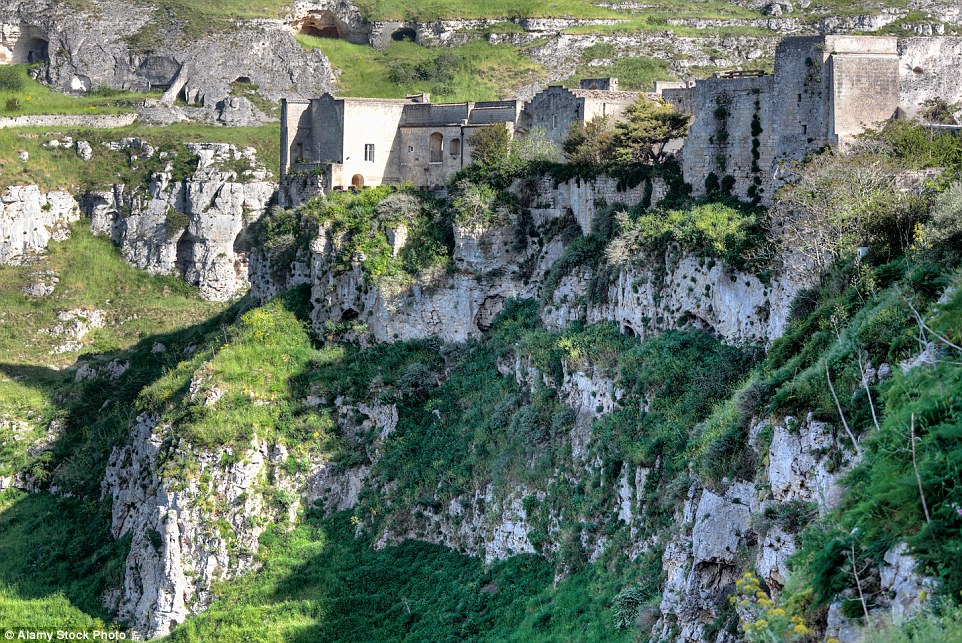
In Sassі, families used to reside alongside their animals, eating simple diets while dealing with widespread diseases like malaria as a major concern.
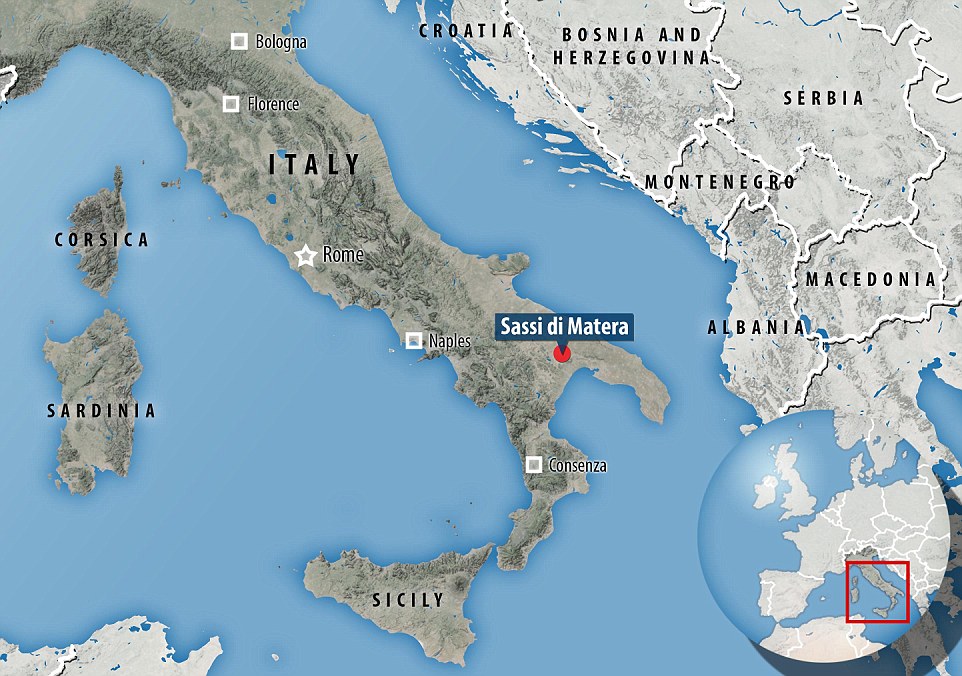
Located in the southern region of Italy, not far from the coast, these caves attract many tourists eager to discover why UNESCO was so impressed by them. Following World War II, the cave dwellers were reluctantly relocated from their crumbling homes to more modern residences in the Matera town perched on the cliff.
Although many of the ancient chambers have been abandoned and forgotten, the settlement’s fortunes were greatly improved after UNESCO designated it as a World Heritage site in 1993. Some caves have been revitalized and turned into cozy homes, hotels, and restaurants to accommodate the influx of curious tourists wanting to learn more about the UNESCO recognition.
It’s no wonder that the timeless surroundings of these picturesque caves have featured in numerous films and TV shows, including the 2004 movie “The Passion of the Christ.”
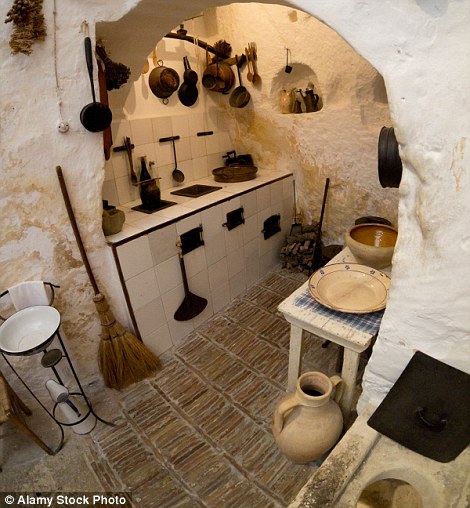
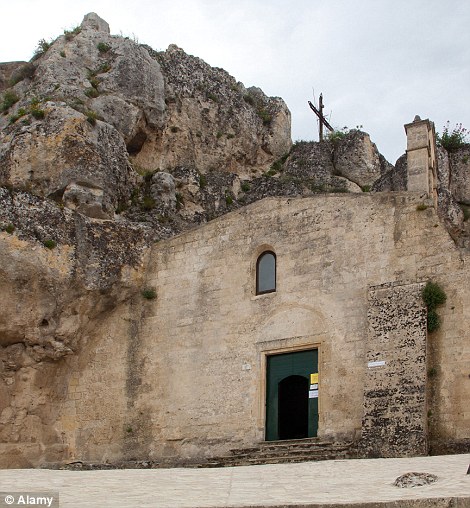
There are still caves in use today, where visitors can see how they have been adapted for modern use.
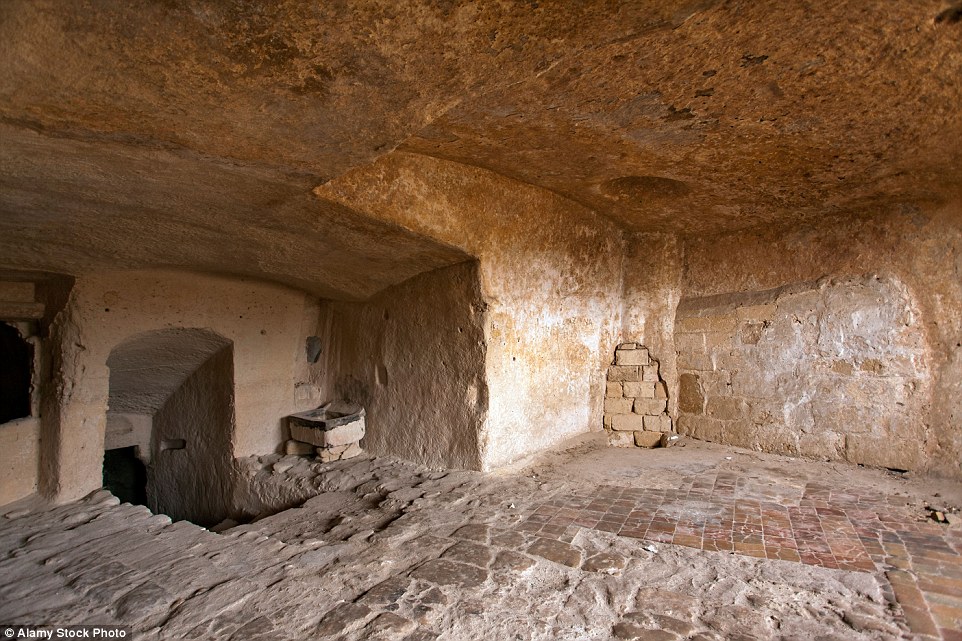
It’s no surprise that the beautiful caves’ timeless settings have been featured in various movies and TV shows. The landscape has been a popular location for filming biblical scenes, such as in the movie “The Passion Of The Christ” in 2004.
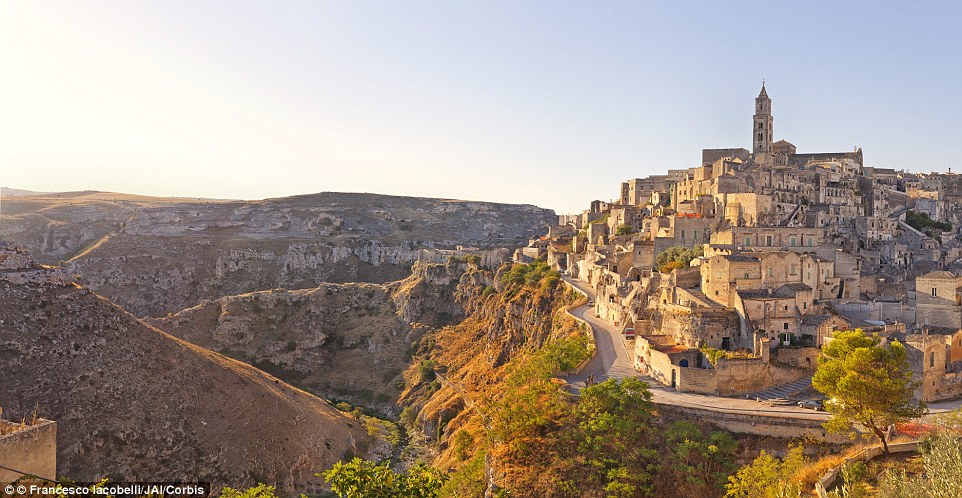
Following World War II, some residents of the caves were moved from their deteriorating homes to newer residences in the part of the town located on the cliff. (as shown in the picture)
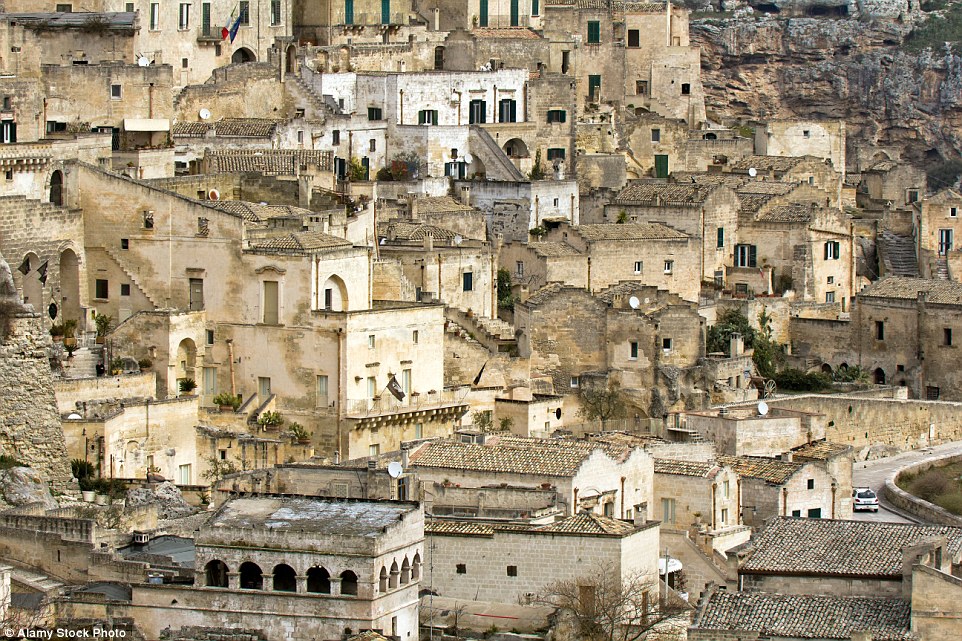
Since being designated a World Heritage site by UNESCO in 1993, the church caves and Sassi have attracted a large number of tourists eager to explore and discover the reasons behind its prestigious recognition.
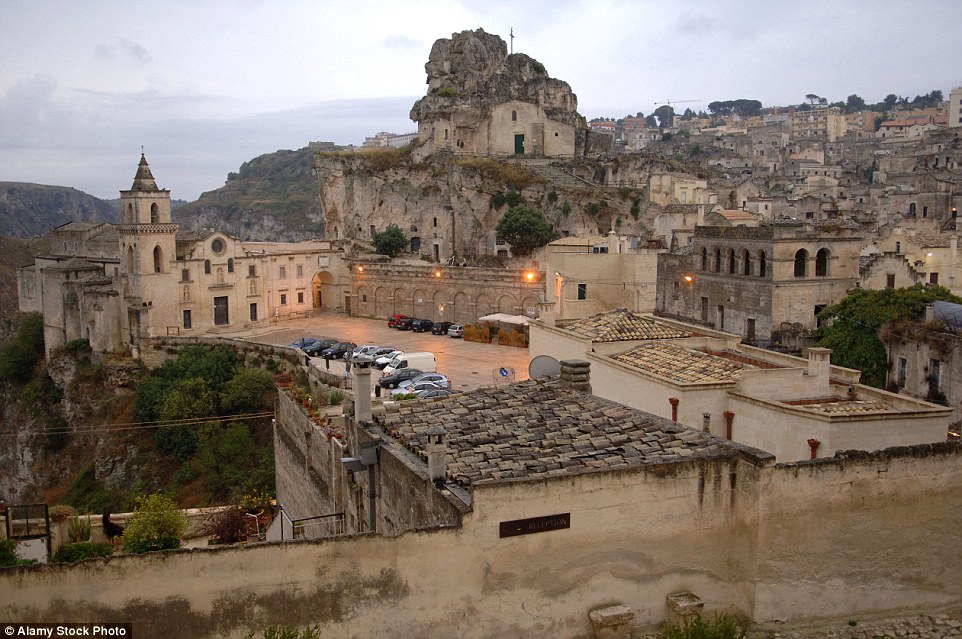
The contemporary city of Matero showcases a variety of stunning architectural wonders, including the Baroque San Pietro Caveoso church.
